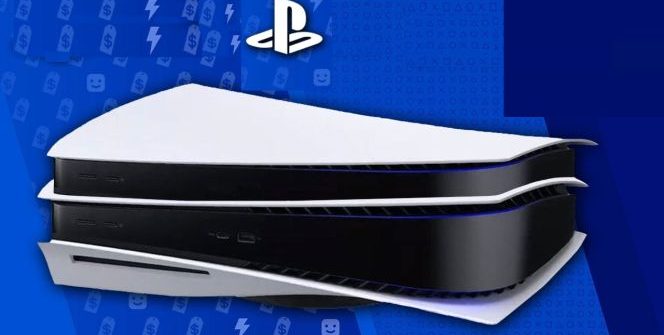The PlayStation 5 Pro will reportedly be unveiled within a year. If such detailed specs have been leaked, it’s either all an elaborate hoax, or it’s all true…
Back in May we heard that it was 100% certain that Sony was working on the PlayStation 5 Pro, then came the specs that suggested a custom eight-core Zen 2 CPU, perhaps dual Tempest engine performance, and two shader engines could be in the half-gen upgrade console. The former was leaked by Tom Henderson, who also said he was working on a smaller PlayStation 5. Well, that’s already been leaked, so something might actually be in the works.
The ResetEra forum now has a lot of details about the PlayStation 5 Pro, which is supposed to be unveiled in September. The Viola SoC is being manufactured on a TSMC N4P process with GFX1115. Viola’s CPU keeps the Zen 2 architecture for compatibility, but the frequency will again be dynamic with a peak of 4.4GHz. It has 64 KB of L1 cache per core, 512 KB of L2 cache per core, and 8 MB of shared L3 (4 MB per CCX). Its die is 30 WGPs when fully enabled, but it will only have 28 WGPs (56 CUs) enabled for the silicon in retail PlayStation 5 Pro units. However, Kepler_L2 believes it will have 60 out of 64 enabled. Trinity (the PlayStation 5 Pro’s codename) is the culmination of three key technologies (fast memory for hardware-accelerated compression and decompression; accelerated ray tracing; upscaling).
The architecture is RDNA 3-based, but it’s taking ray tracing Improvements from RDNA4. BVH traversal will be handled by dedicated RT hardware instead of relying entirely on the shaders. It will also include thread reordering to reduce data and execution divergence, similar to Ada Lovelace SER and Intel Arc’s TSU. It has 3584 shaders, 224 TMUs and 96 ROPs, 16 GB of 18 Gbps GDDR6 on a 256-bit memory bus with 576 GB/s memory bandwidth. The GPU frequency target is 2.0GHz. This puts the dual issue TFLOPs in the range of 28.67 TFLOPs peak (224 (TMUs) * 2 (operations, dual issue) * 2 (core clock)). 14.33 TFLOPs if we ignore the dual-issue factor. It has a 50-60% rasterization boost over Oberon and Oberon Plus, more than twice the raw RT performance. The XDNA2 NPU will be used to accelerate Sony’s custom temporal machine learning upscaling technique. This will be a core focus of the PlayStation 5 Pro, as we saw with checkboard rendering for the PlayStation 4 Pro. Temporally stable upscaled 4K output at over 30 FPS is the goal.
Henderson can’t comment on that, but added that Sony has been waiting for leaks from inside the company all month as it sends out dev kits to external third-party studios.
None of this is official, but the bottom line is that we can expect a stronger console in stores in November 2024.
Source: WCCFTech
















Leave a Reply